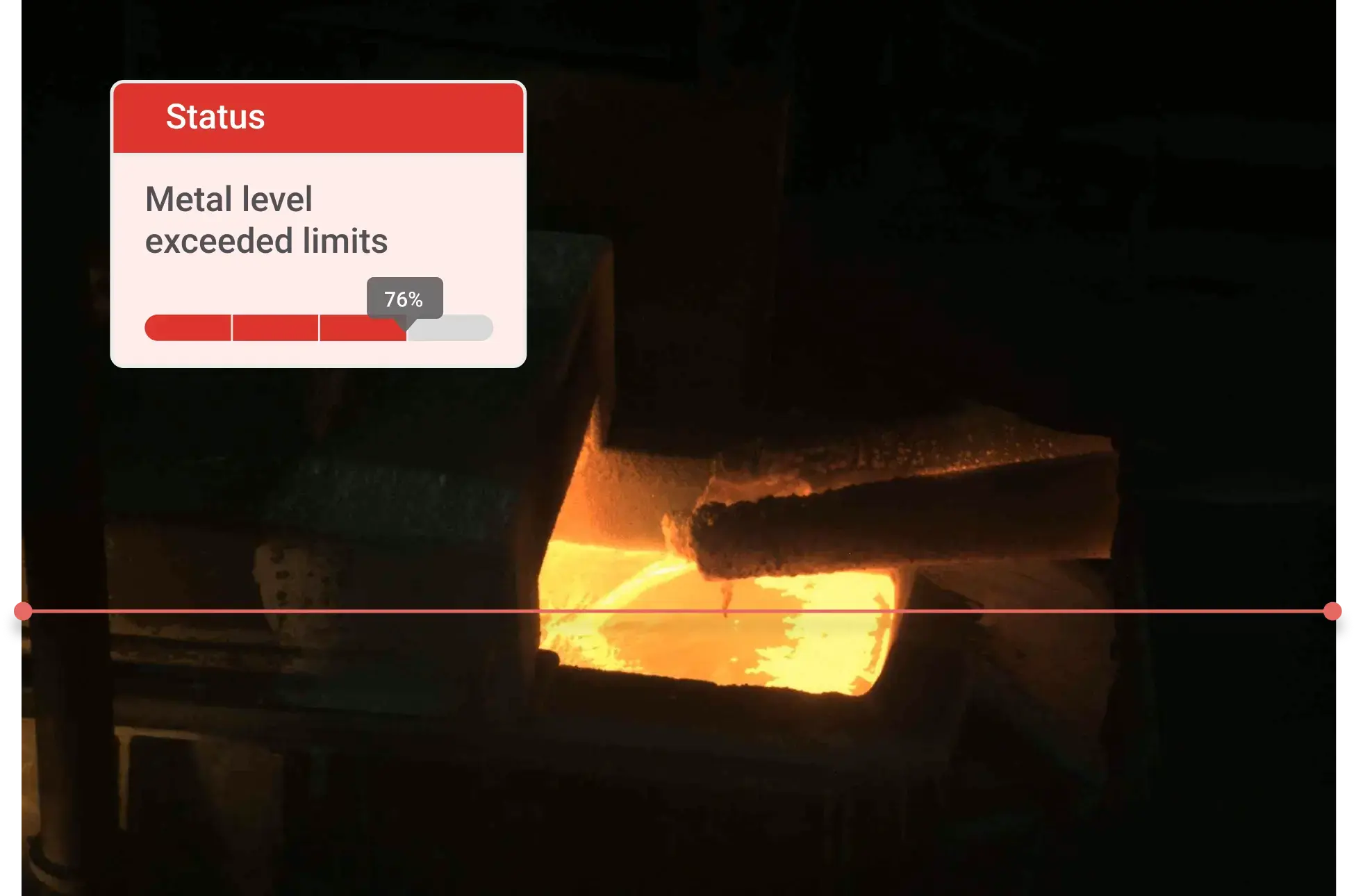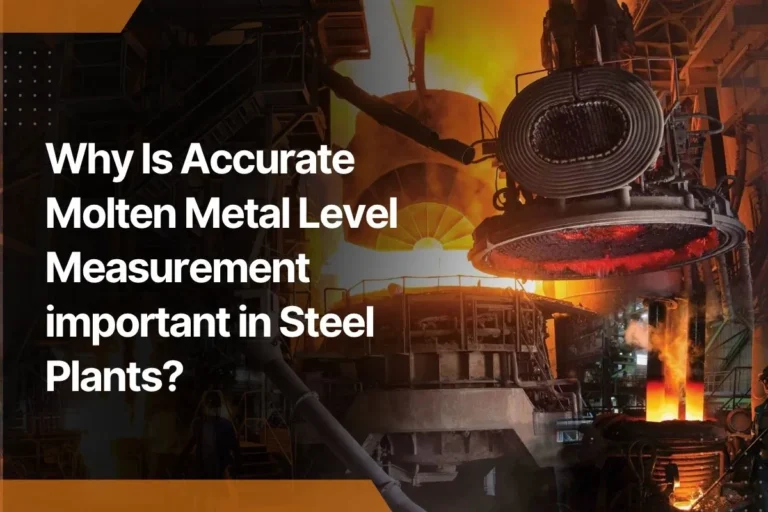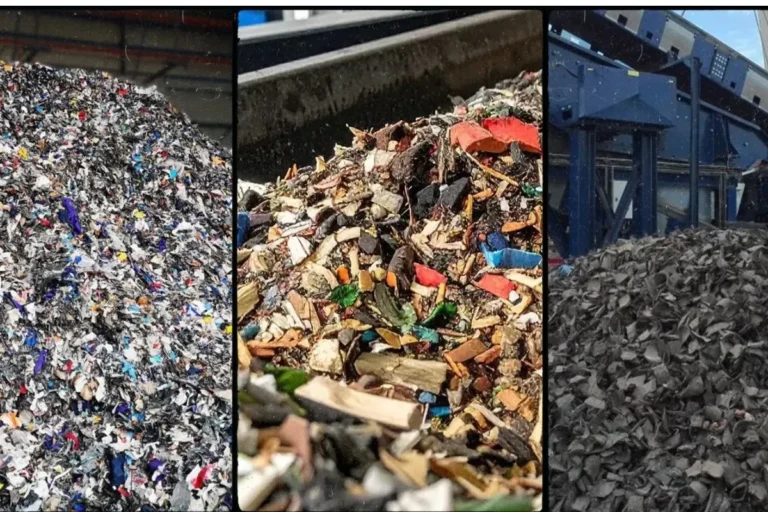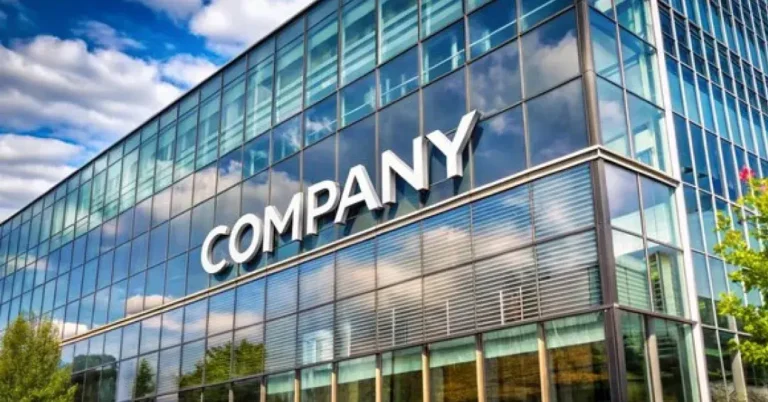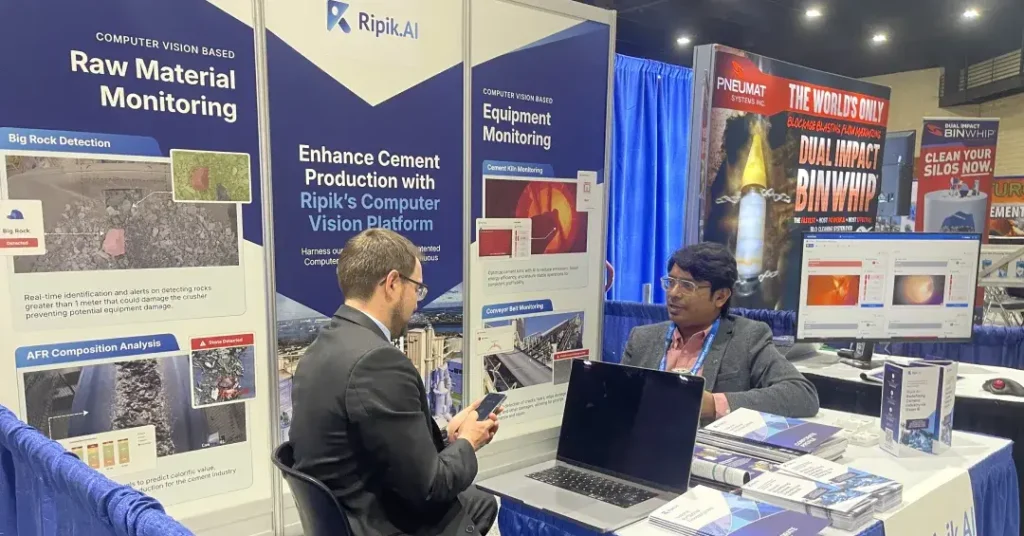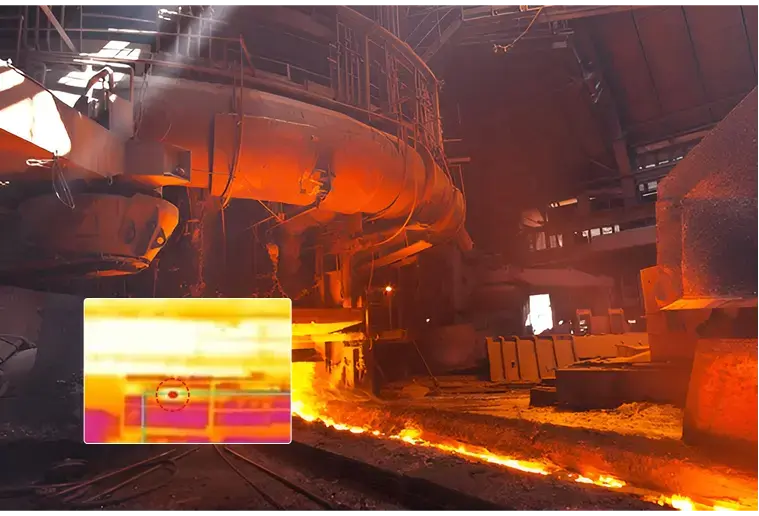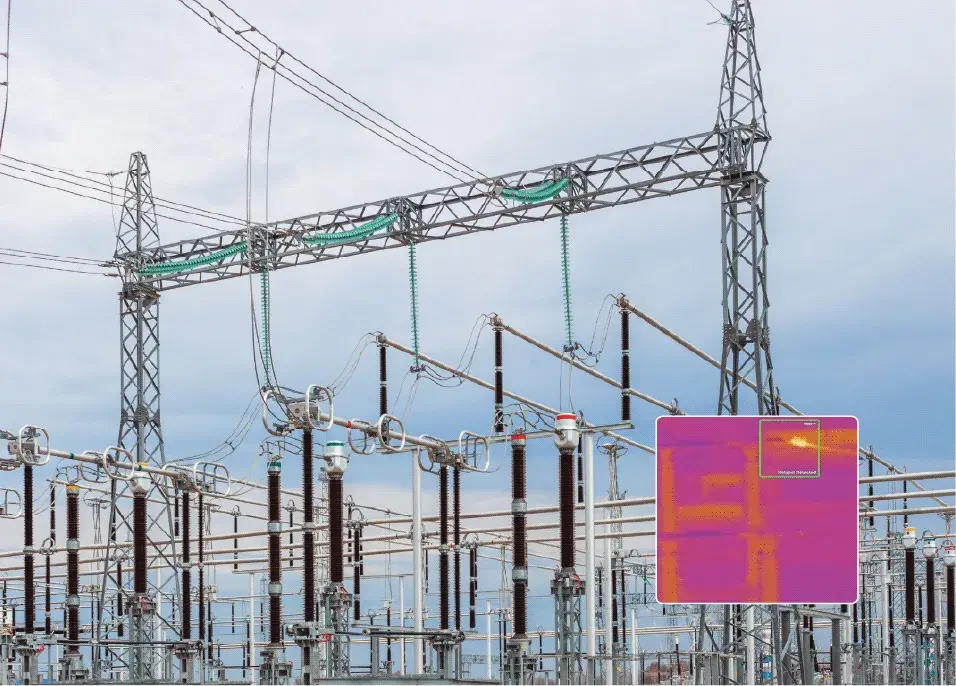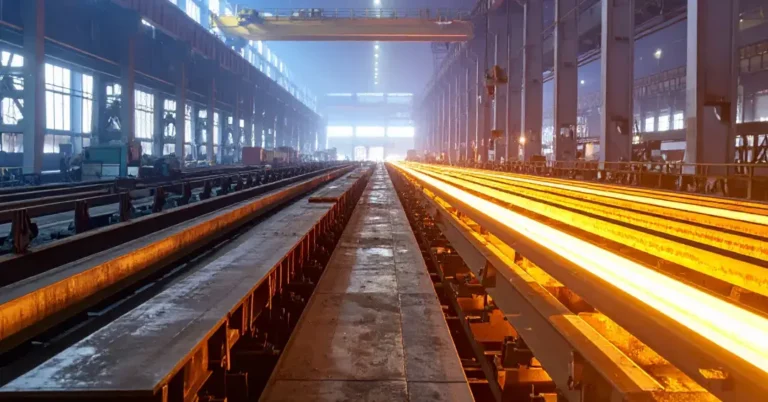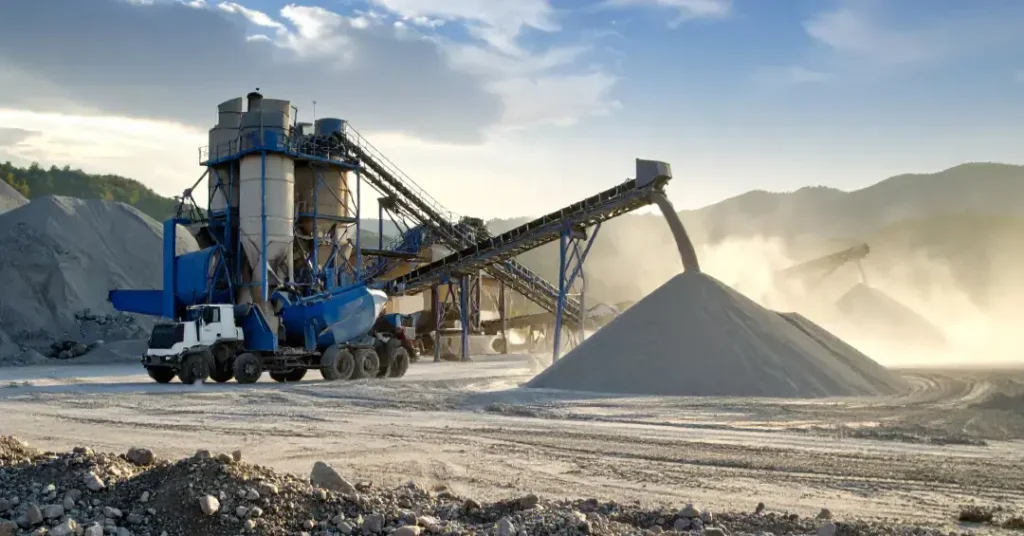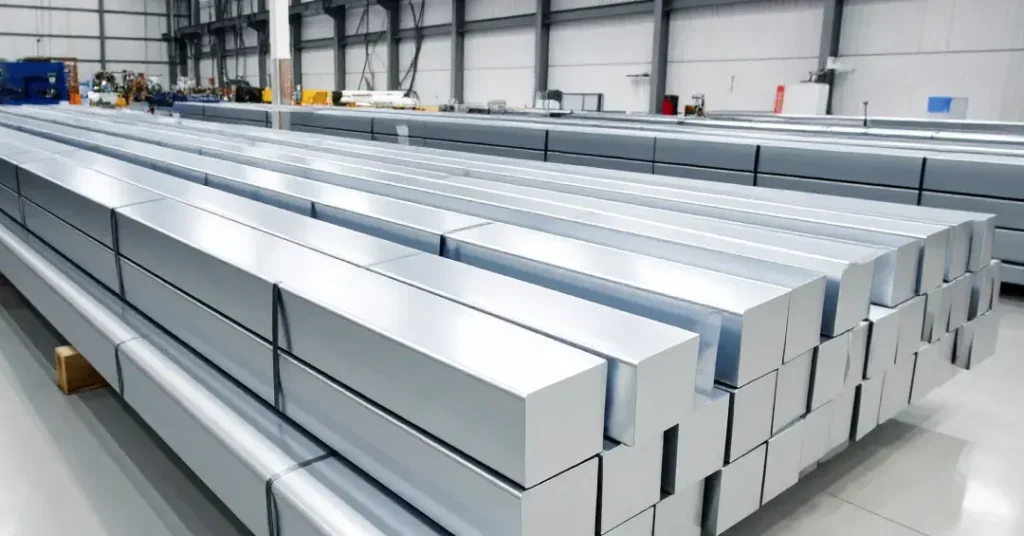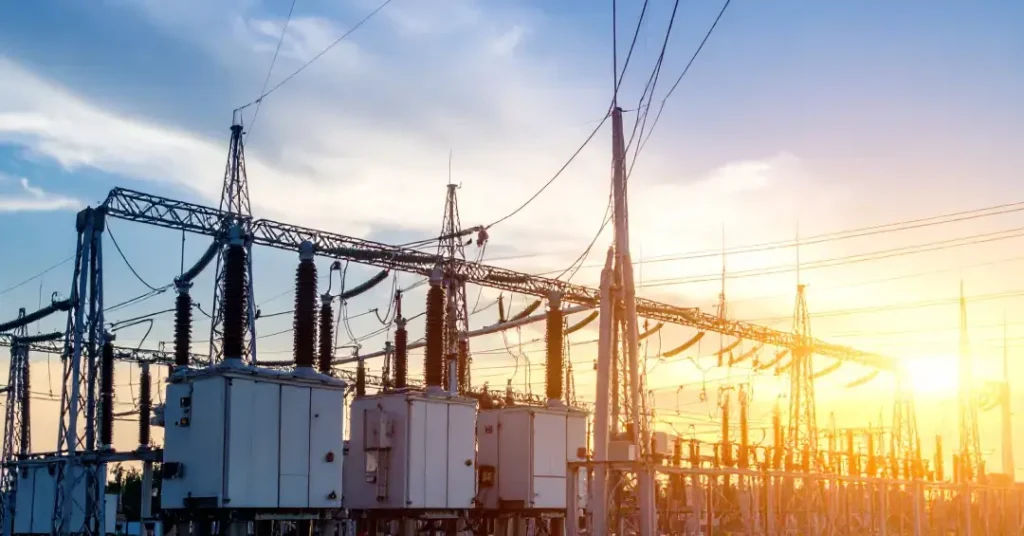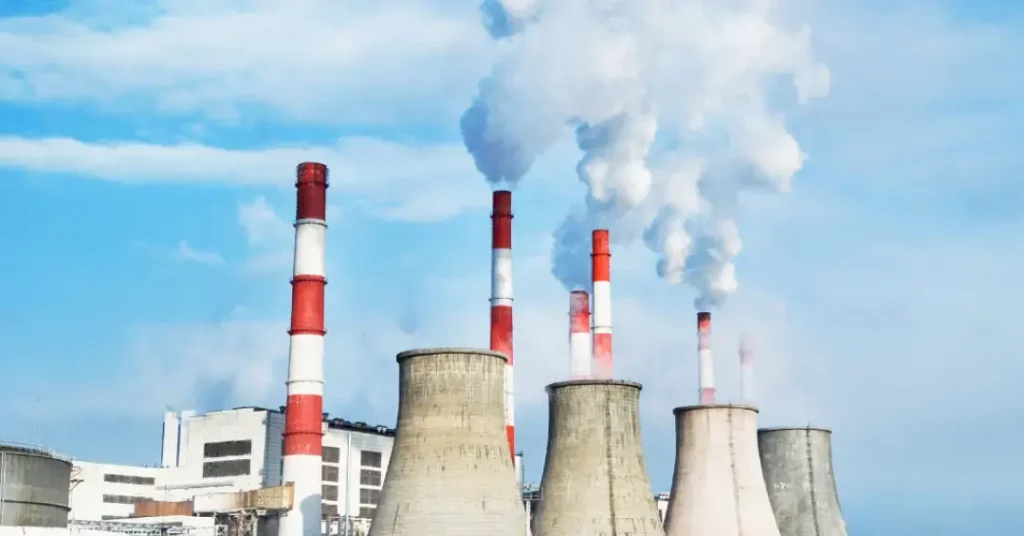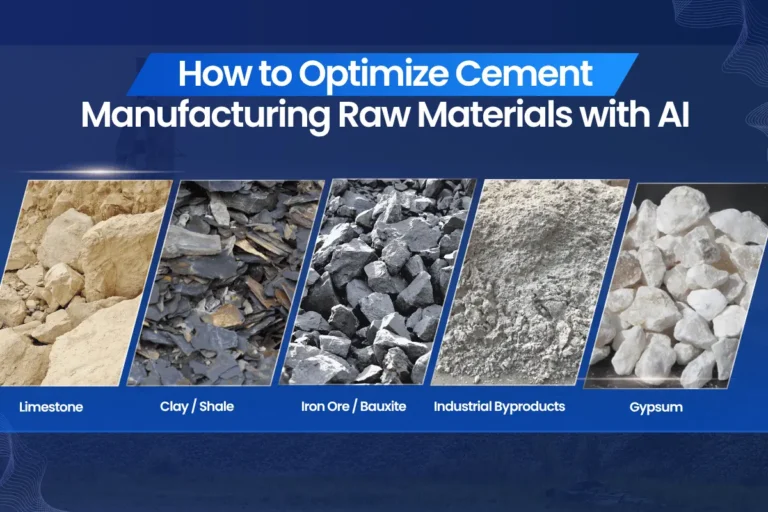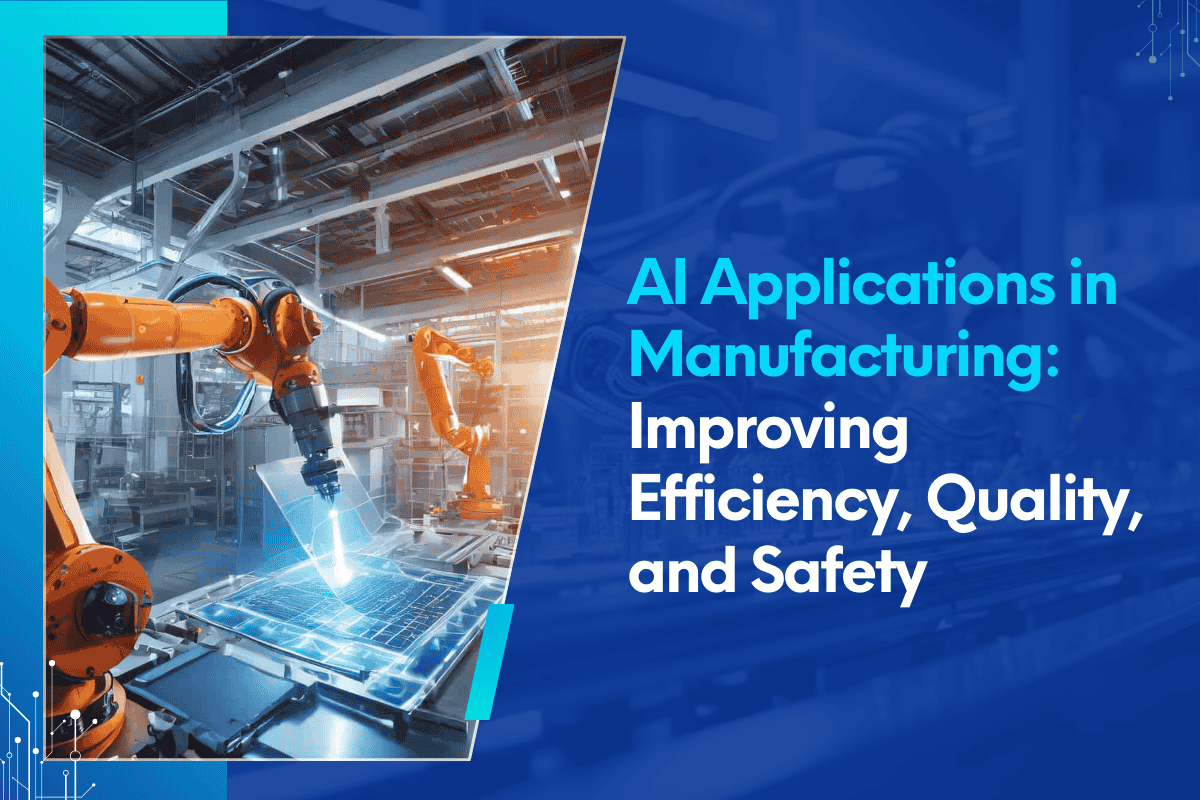Need of blast furnace in steel industry
Understanding Blast Furnace Operations
How does the Blast Furnace Works?
Charging: Introduction of Raw Materials
Combustion Zone: Coke Ignition to Generate High Temperatures
Reduction Reaction: Iron Ore Reduction to Molten Iron
Slag Formation: Separation of Impurities as Slag
Tapping Process: Extraction of Molten Iron and Slag
Blast Furnace vs Electric Arc Furnaces: Understanding the Differences in Steel Production
The Blast Furnace Process
The Electric Arc Furnace (EAF) Process
Common Challenges in Blast Furnace Operations
Inconsistent Raw Material
Temperature Fluctuations
Inefficient Burden Distribution
Uncontrolled slag viscosity
Fuel Inefficiency
Refractory Wear and Tear
High Carbon Emissions
The Role of AI in Blast Furnace Steel Making Process
Real-Time Monitoring: AI-powered computer vision systems enable real-time monitoring of blast furnaces. By tracking critical factors like temperature, pressure, and chemical reactions, AI provides valuable insights into the furnace’s current state. This enables operators to make informed decisions promptly and ensures the process stays within optimal conditions, improving efficiency and safety.
Early Warning Alerts: Vision AI tools allows early detection of anomalies within the furnace. With its ability to detect issues such as tuyere blockages, lance misalignment, or raceway instability, computer vision systems provides early warning alerts that allow operators to address problems before they escalate.
Historical Data Analysis: Vision AI tools analyze historical data to uncover patterns and trends, offering deeper insights into furnace behavior. By processing visual data, AI identifies recurring issues, temperature fluctuations, and chemical imbalances, enabling proactive adjustments and improving furnace efficiency.
Predictive Analytics: AI in computer vision solution utilizes predictive analytics to forecast potential deviations in furnace stability. By analyzing historical data and recognizing patterns, AI can anticipate issues such as temperature fluctuations, pressure changes, or chemical imbalances. This allows for proactive adjustments to prevent costly downtimes and maintain smooth furnace operations.
Process Automation: AI systems significantly contribute to automating various aspects of the blast furnace process. By optimizing fuel injection, air control, and charge material ratios, Vision AI tools ensures these critical elements are managed efficiently and accurately. This automation reduces human error, enhances process consistency, and leads to more efficient fuel usage, ultimately cutting operational costs.
Automated Root Cause Analysis (RCA): When issues arise in the blast furnace, AI helps by performing automated root cause analysis (RCA). AI systems analyze data across multiple variables to pinpoint the underlying factors impacting key performance indicators (KPIs). With this precise analysis, operators can quickly implement corrective actions, improving overall furnace efficiency and production quality.
Vision AI applications in Blast Furnace Operations
Real-time raw material sizing
Burden Distribution optimization
RCA module for etaCO
Tuyere Monitoring
Hot Metal Silicon Prediction Module
Furnace Refractory Monitoring
Bunker level Monitoring
Impact of AI in Blast Furnace Operation for steel manufacturing process
Real-Time Monitoring and Insights
Optimized Burden Mix and Distribution
Predictive Maintenance in Steel Plants
Blast Furnaces Process Optimization
Improved Product Quality
Enhanced Safety
Conclusion
